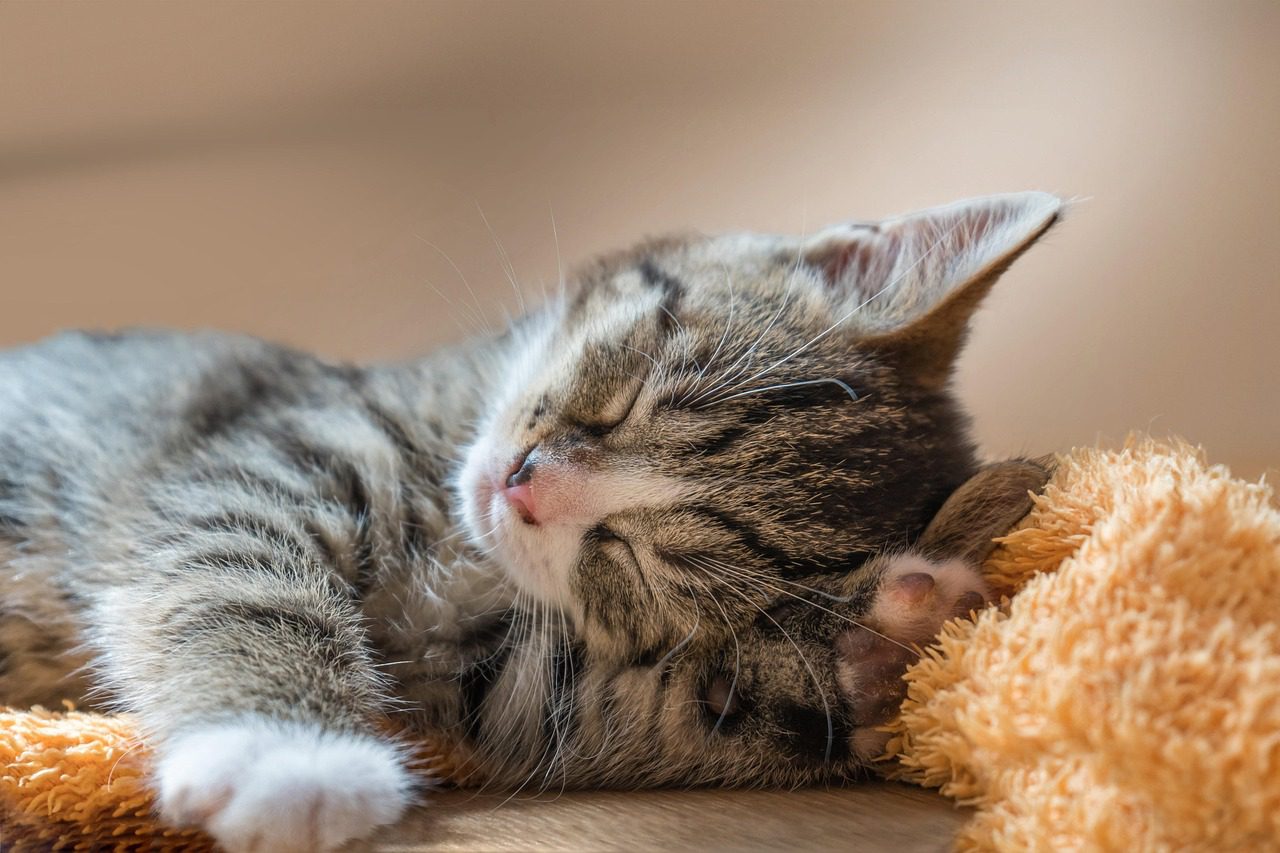Reptiles can be interesting and beautiful creatures to care for.
But, they are not easy to care for.
Every single species has its own special requirements, in terms of the warmth, light, space
and food that they need. And when a person chooses to keep a reptile in captivity, we are
effectively choosing to accept responsibility for managing all those needs.
This has to start with as deep an understanding for what their lives might be like in their wild
natural space as we can find.
In years gone by, people would tell me that they feed nothing but crickets to their leopard
gecko, for instance, as if they believed that this could be a balanced diet.
Naturally, in the wild, a gecko would be haunting, grubbing around, and catching whatever it
came across. We now understand that feeding just one food source for years, and Leopard
geckos can live for 10 to 20 years, is inevitably going to lead to a deficiency of some
minerals, and trace elements. Truly, variety is the spice of life.
It was not unusual for me to see adult reptiles who were missing the tips of their toes.
Reptiles need to shed their skin to allow for the growth of their body. Again, different species
manage this ecdysis in different ways. Some seek an area of increased humidity to soften
the scales, especially around the tricky to shed areas such as their claws. If the vivarium is
too dry and a moist cave is not provided, then the old scales fail to come off correctly.
Very sadly, this cuts off the blood supply, causing the tips of the toe to drop off.
We are so lucky to be living in a time when information is freely available. But, I am
unconvinced that we are even fully aware of the best ways to imitate the natural habitat for a
reptile kept in captivity.
Even so, it is our duty to see to the welfare of any creature we accept into our care, and
strive towards a better understanding of their needs.




